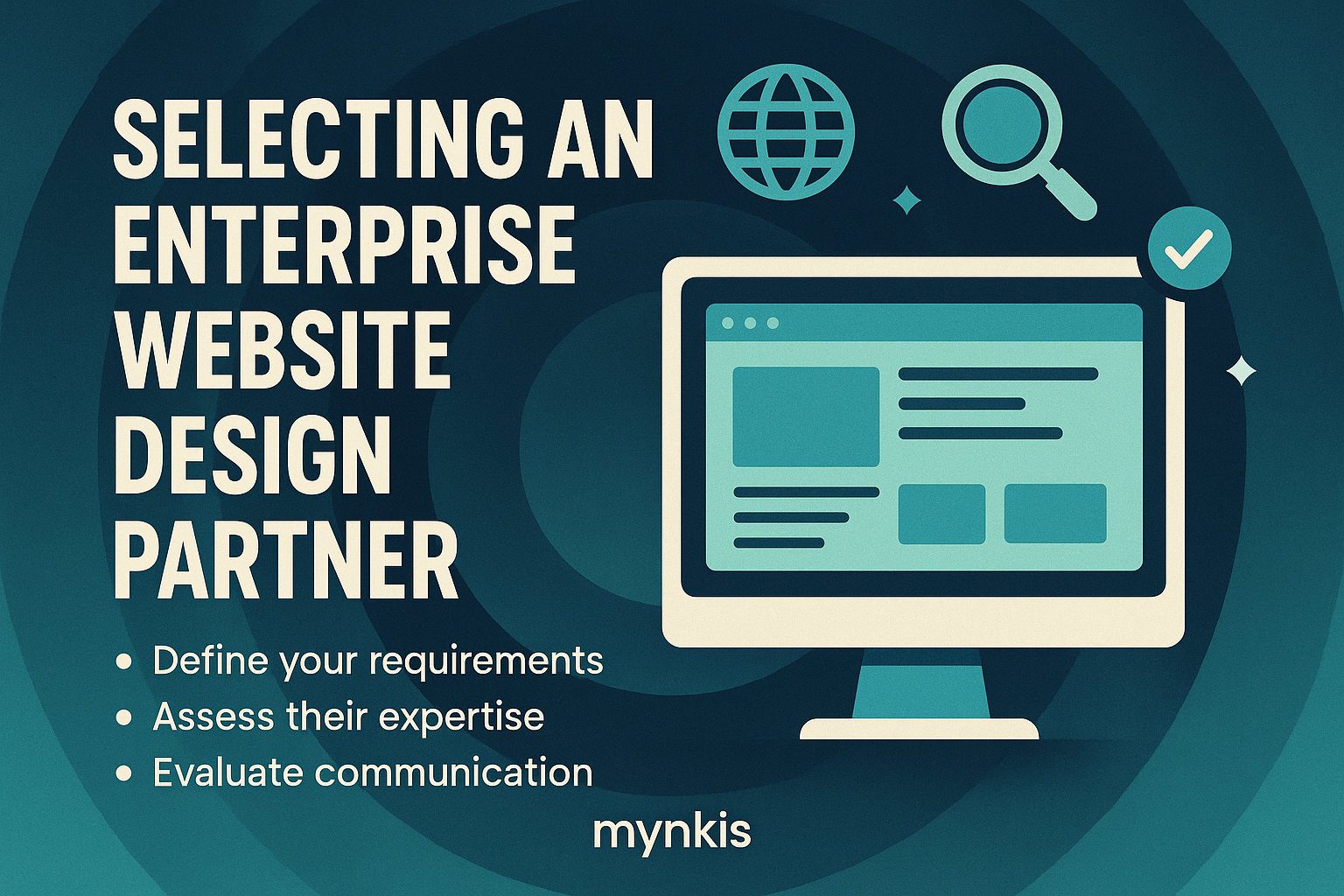Schedule a Demo
Embarking on the quest to overhaul your digital presence or to craft that pivotal internal tool is a journey that demands a wise navigator—a company whose expertise in website design and development sets your business on a course for success. For enterprises particularly, the stakes are higher; not only does your solution need to look stellar, but it also must perform, scale, and integrate seamlessly with your existing tech stack. To this end, the art of choosing the best website design company becomes less about finding a service provider and more about selecting a strategic partner.
With my years working alongside enterprise leaders across various sectors, I’ve witnessed time and again the importance of this partnership. It’s not just about producing a visually appealing site; it’s about fostering a collaborative relationship where the design company becomes an extension of your team. They should bring to the table deep insights into UX/UI design principles and, perhaps more importantly, understand the intricacies of your business operations to offer solutions that genuinely elevate your operational efficiency and customer engagement.
Before even beginning your search, take a step back. Clearly outline what your project aims to achieve. Are you looking to build a robust customer portal? Perhaps an internal tool designed to streamline workflows? Whatever the case, clarity on the objectives—whether centered around enhancing customer experience, facilitating internal operations, or boosting e-commerce sales—is crucial. Based on my experiences, businesses often underestimate how crucial these initial steps are in ensuring the outcome aligns with the initial vision. Setting measurable goals like increasing user engagement by X percent or reducing internal process times can provide a benchmark for success.
Once you have your goals set, it’s time to delve into the specifications. It’s not just about liking the portfolio pieces of the design company; it’s about whether they have handled projects of similar complexity and industry as yours. You’ll want to see demonstrations or case studies of work done for similar-sized enterprises facing parallel challenges.
Start your search broad. Comb through directories, ask for referrals from your industry network, and read reviews, but don’t stop there. Look into the firm's thought leadership—do they contribute to web design and technology blogs? Are their teams invited to speak at conferences? Engagement in such activities might suggest not just a deep well of knowledge but a passion for continuous learning and staying ahead of the curve.
Here’s a helpful checklist to guide your research:
The next vital step is verifying their technical expertise. What I’ve learned through discussions with industry-leading CTOs is that a company’s tech stack matters—but more importantly, so does how well a firm can wield it to meet unique needs. Are they capable of developing a solution that’s not only beautiful but also scalable, secure, and optimized for performance? Can they ensure your project aligns with the latest SEO best practices to maximize your online visibility?
Initiate technical discussions, seek demonstrations, and perhaps consider a small pilot project. Not only does this give you a sense of their technical prowess and working style, but it also surfaces any potential friction early in the partnership process. Remember, the highest-performing websites blend beautiful aesthetics with robust functionality.
Despite the focus on technical specs and portfolio pieces, one aspect that’s easy to overlook yet can make or break a project is the cultural fit between your team and the design company. In discussions I’ve facilitated, the consensus from business leaders was clear—collaboration is key. Does the firm listen? Do they communicate proactively and transparently? Can they align with your company’s values and work culture?
Setting up regular, perhaps even weekly, checkpoints during the design and development phase can foster a more fluid exchange of ideas and feedback. Ensure from the get-go that you’re comfortable with the proposed communication structure—they need to keep you engaged and in the loop at every turn.
While no one enters the process of selecting a design partner with the goal of overspending, investing wisely is key. Prices can vary widely, but let this not be the sole determinant in your decision. Consider that additional upfront investment in a more experienced firm specializing in custom software development could save you time and aggravation down the road—think fewer revisions, lower likelihood of scope creep, and a smoother overall project trajectory.
Be wary of firms offering significantly lower rates—often, these reflect potential gaps in experience or quality which, based on available research, individual results may vary significantly. If budget constraints are tight, look for flexible pricing models that align incentives, such as performance-based payments.
Your relationship with your website design partner doesn’t end at launch. Post-launch, the real test begins, as user behaviors and needs evolve, technologies advance, and maintenance becomes essential. I've found that forward-thinking firms not only design your solution but also offer comprehensive support and maintenance plans.
Examine their service level agreements (SLAs) with the same scrutiny as the initial project proposal. Are the terms reasonable and clear? Ask whether they provide post-launch assistance for training your staff, managing updates, and tweaking the platform as needed. This ongoing support is not just about fixing what might break, but about ensuring your digital solutions grow with your business.
As you near the choice of partner, juxtapose your research, discussions, and perhaps that pilot project's outcomes against your original project scope and goals. Does the firm offer a blend of what's essential for your enterprise—the portfolio depth, technical know-how, cultural alignment, and commitment to long-term support? According to leading voices in the tech community, like those from the Techstars ecosystem, choosing a company that resonates across all these factors typically positions you for success.
Remember, this decision is as much an investment in your digital growth strategy as it is in a web design company. As an operational blueprint for integrating into your corporate governance or decision-making framework, your choice represents a commitment to pursuing excellence in your digital domain.
